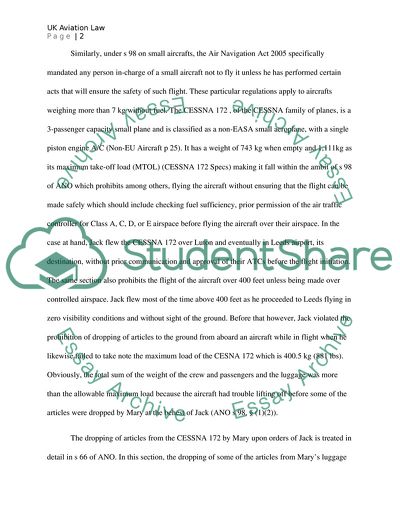Cite this document
(UK AVIATION LAW Case Study Example | Topics and Well Written Essays - 1750 words, n.d.)
UK AVIATION LAW Case Study Example | Topics and Well Written Essays - 1750 words. https://studentshare.org/law/1721366-uk-aviation-law
UK AVIATION LAW Case Study Example | Topics and Well Written Essays - 1750 words. https://studentshare.org/law/1721366-uk-aviation-law
(UK AVIATION LAW Case Study Example | Topics and Well Written Essays - 1750 Words)
UK AVIATION LAW Case Study Example | Topics and Well Written Essays - 1750 Words. https://studentshare.org/law/1721366-uk-aviation-law.
UK AVIATION LAW Case Study Example | Topics and Well Written Essays - 1750 Words. https://studentshare.org/law/1721366-uk-aviation-law.
“UK AVIATION LAW Case Study Example | Topics and Well Written Essays - 1750 Words”. https://studentshare.org/law/1721366-uk-aviation-law.


